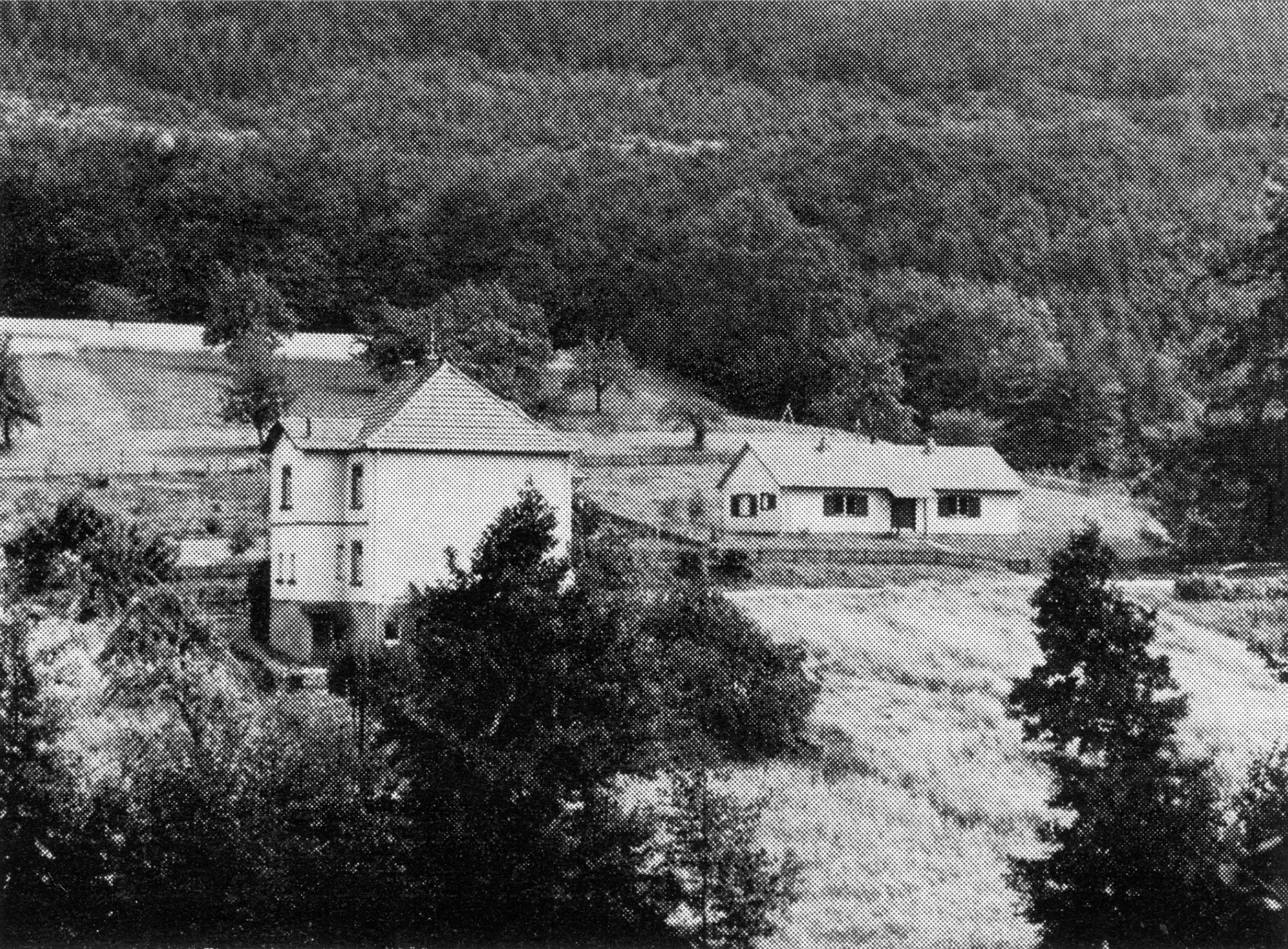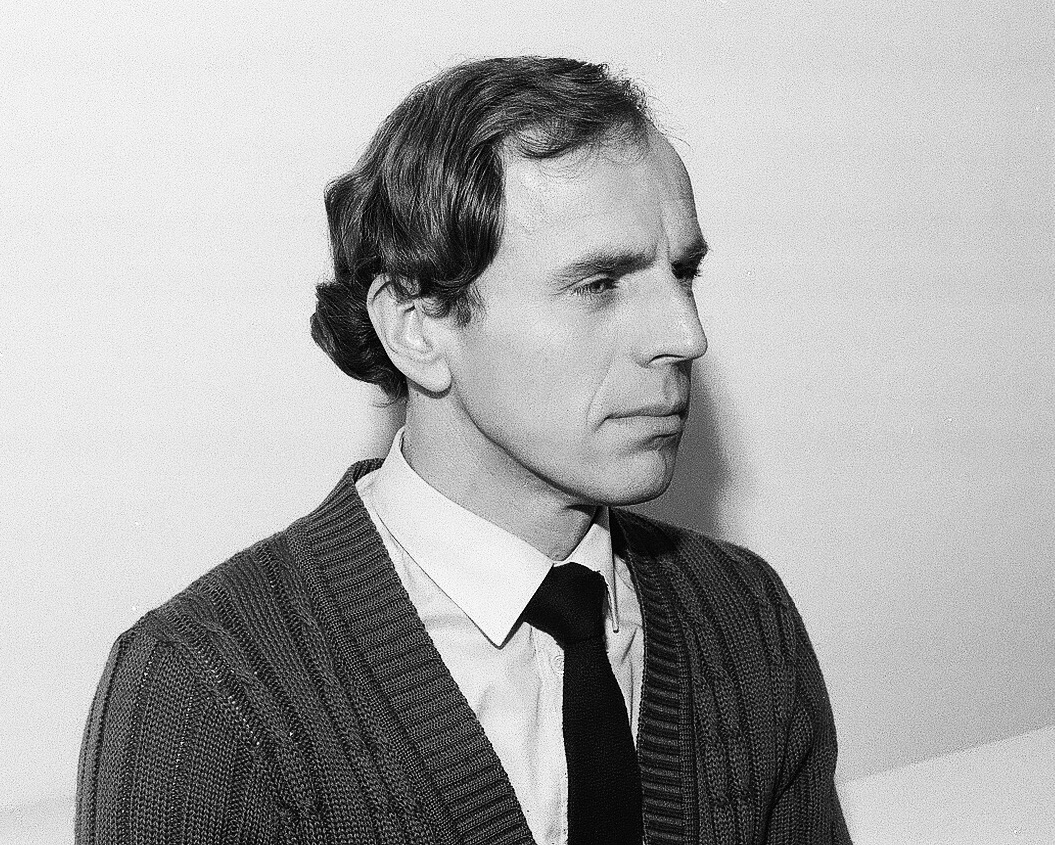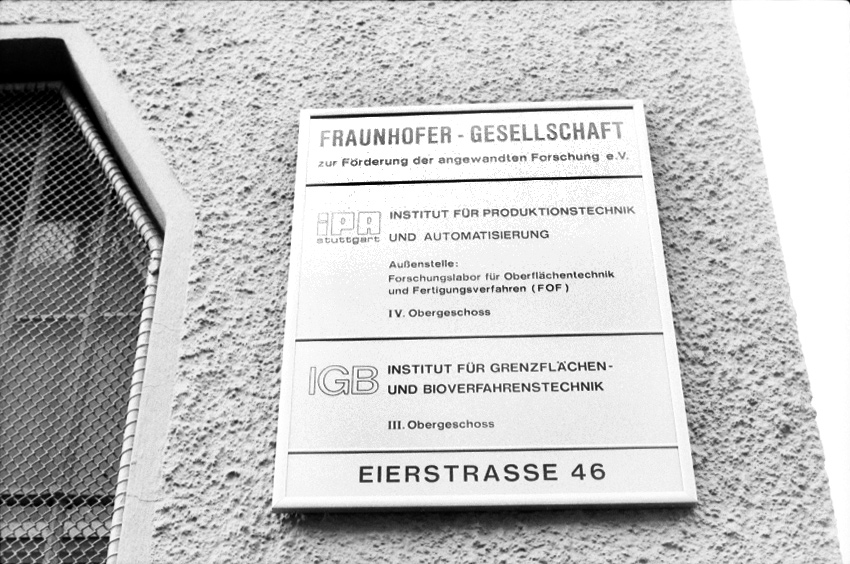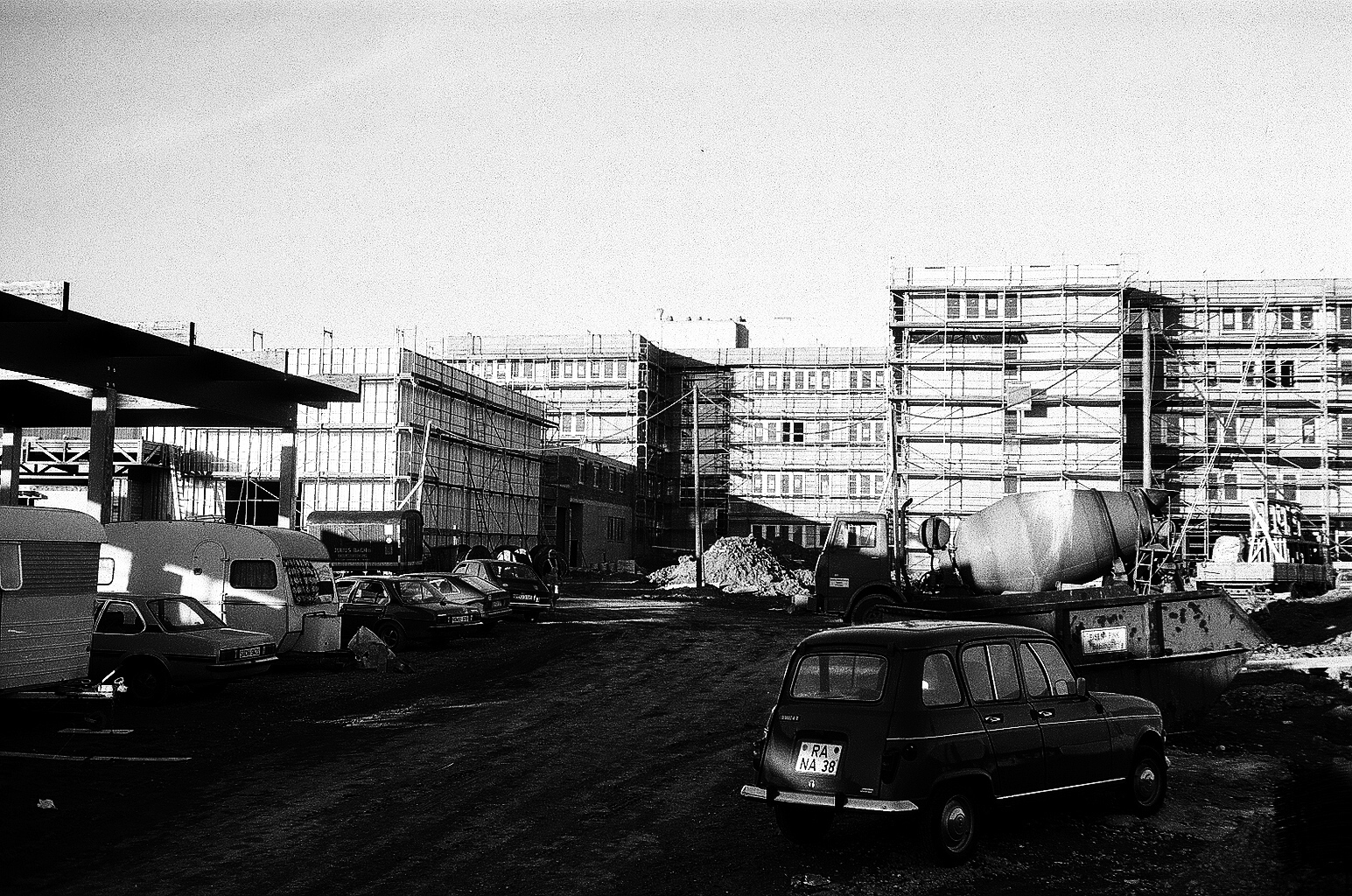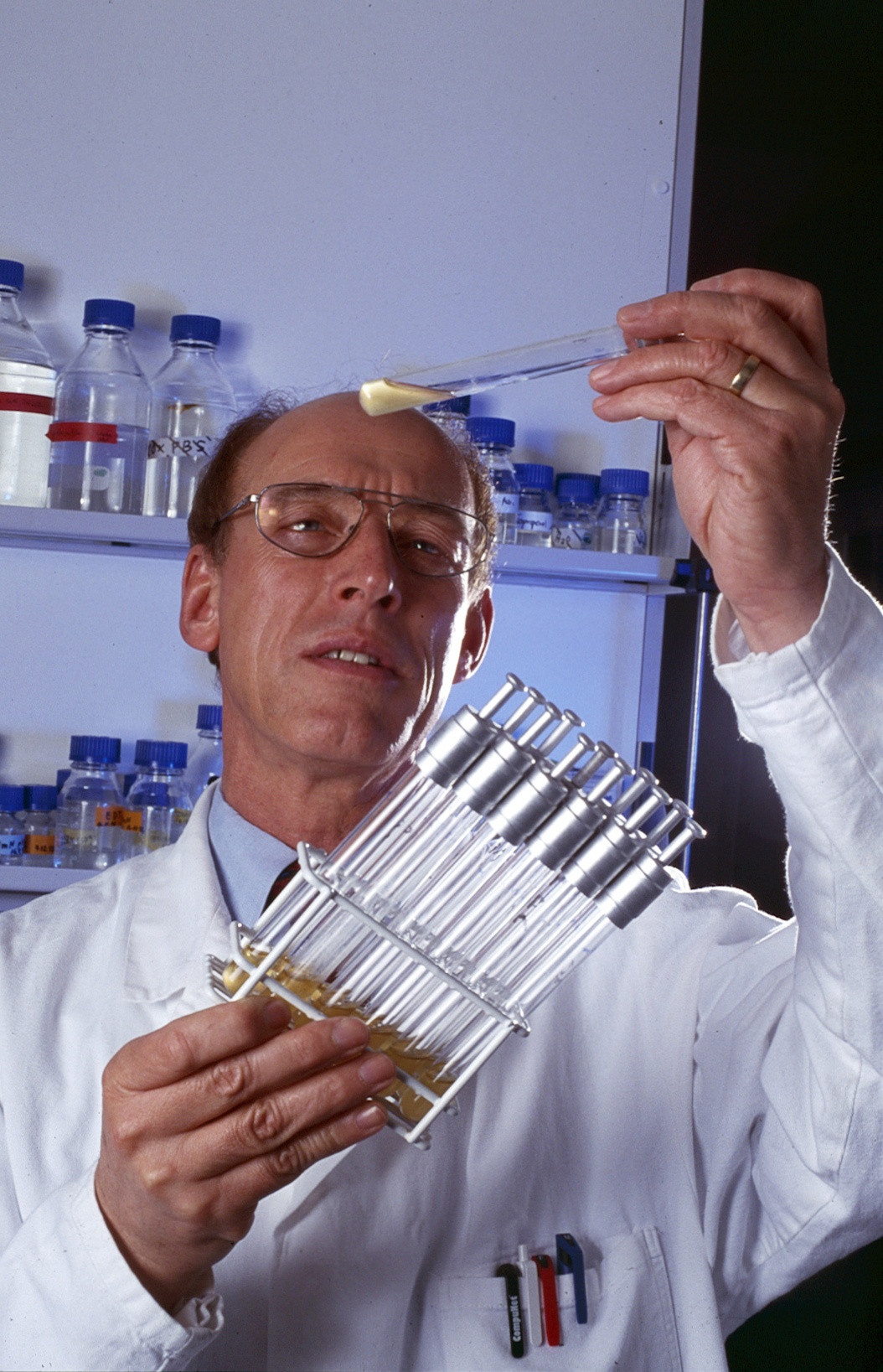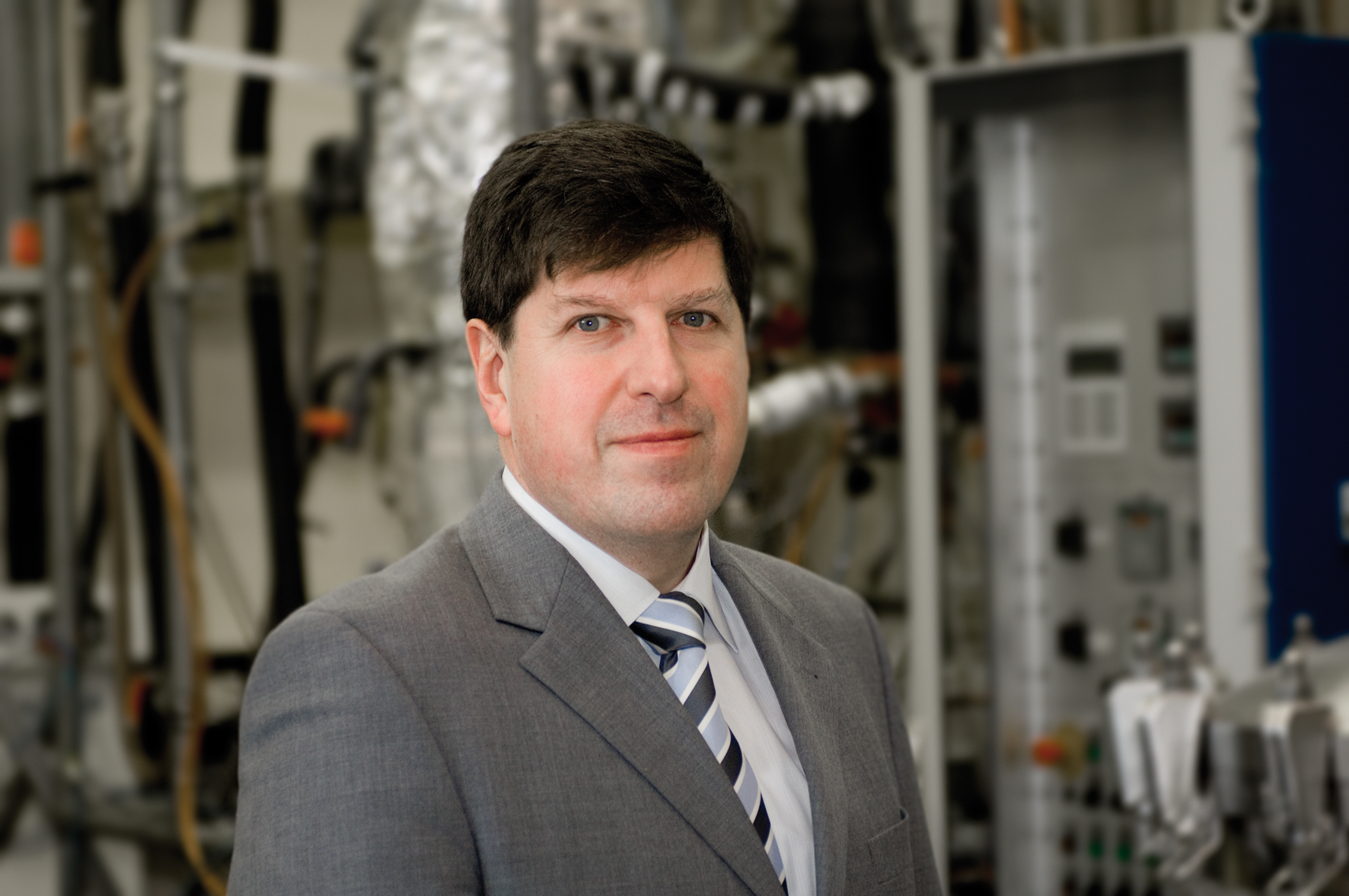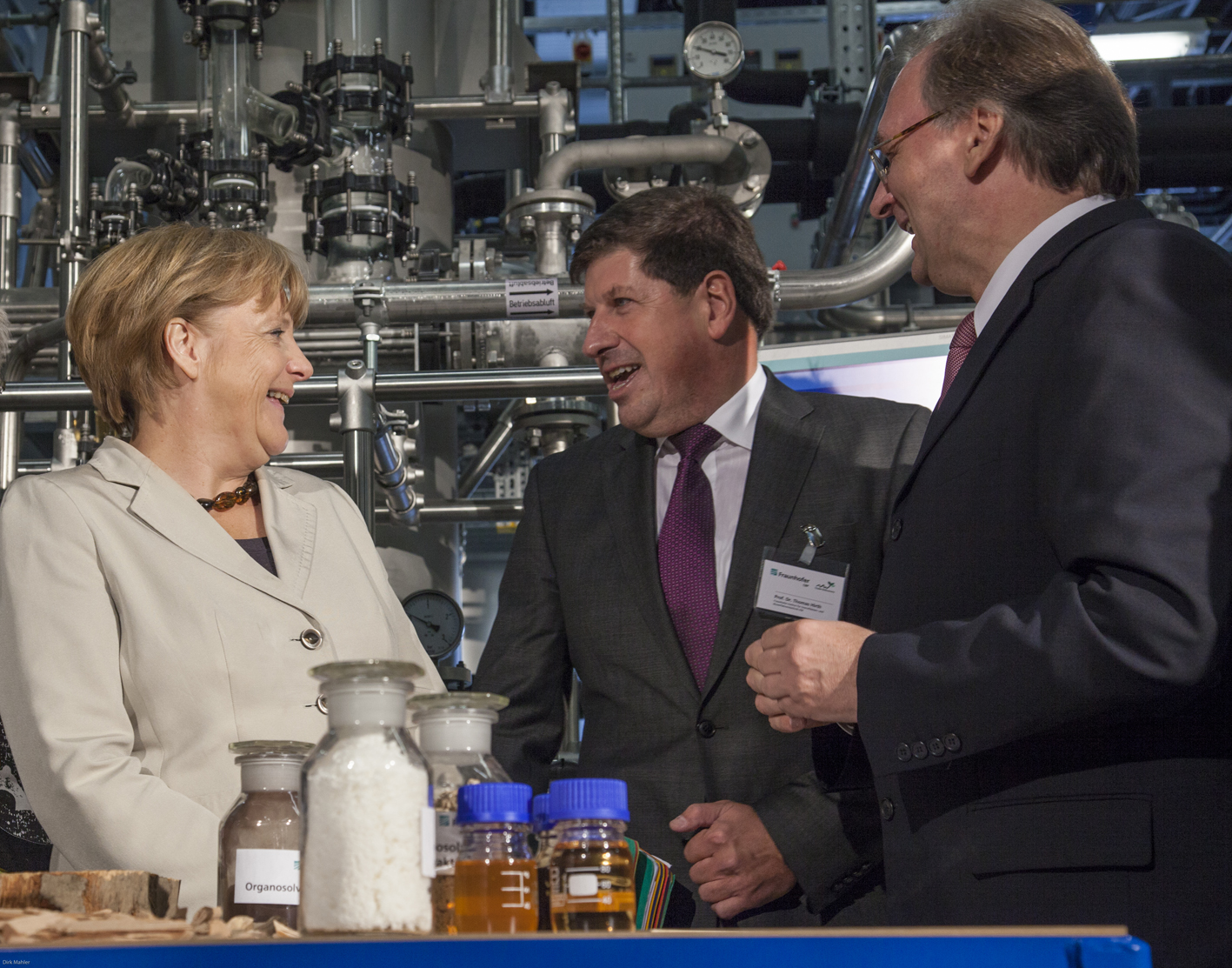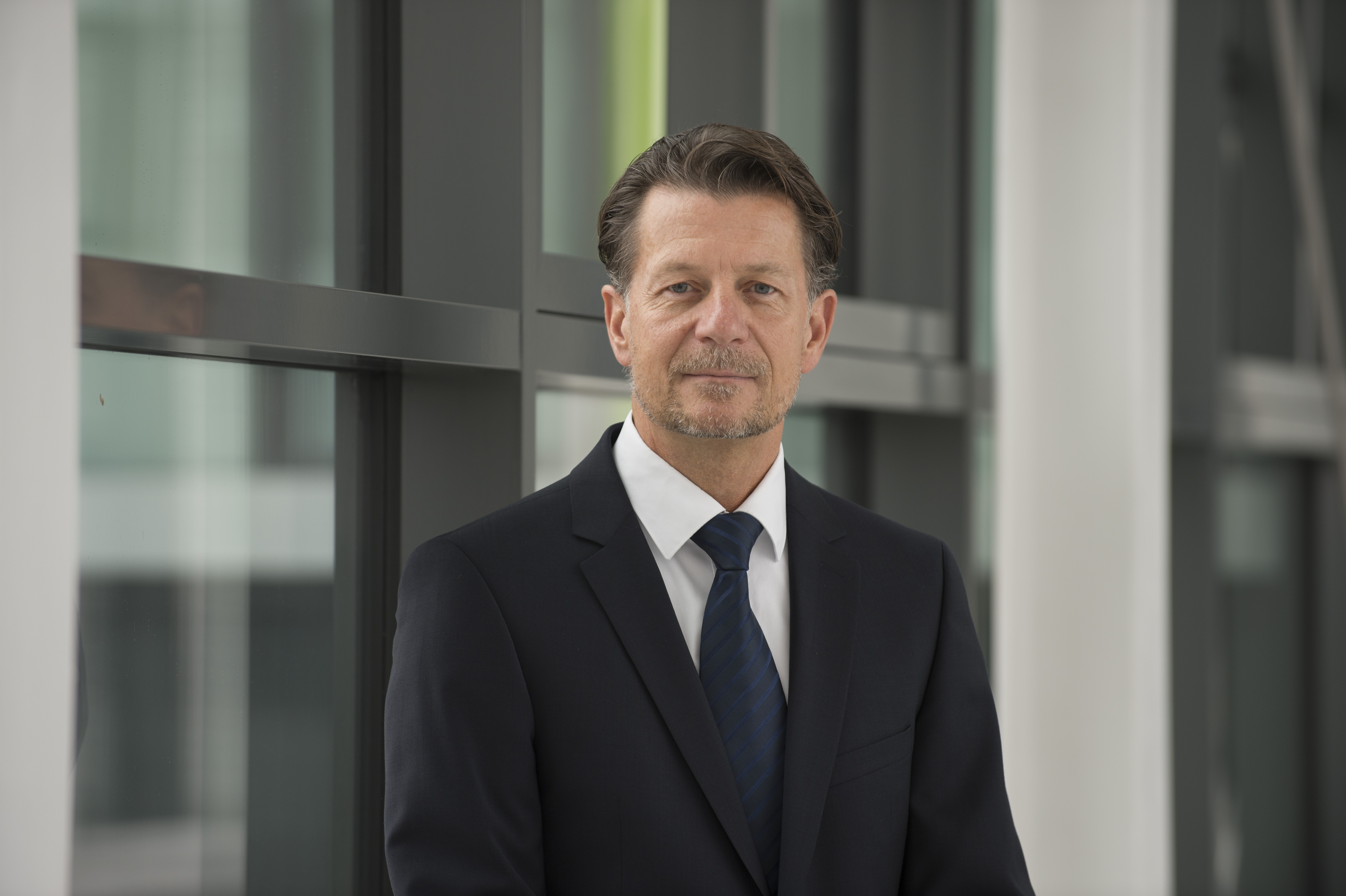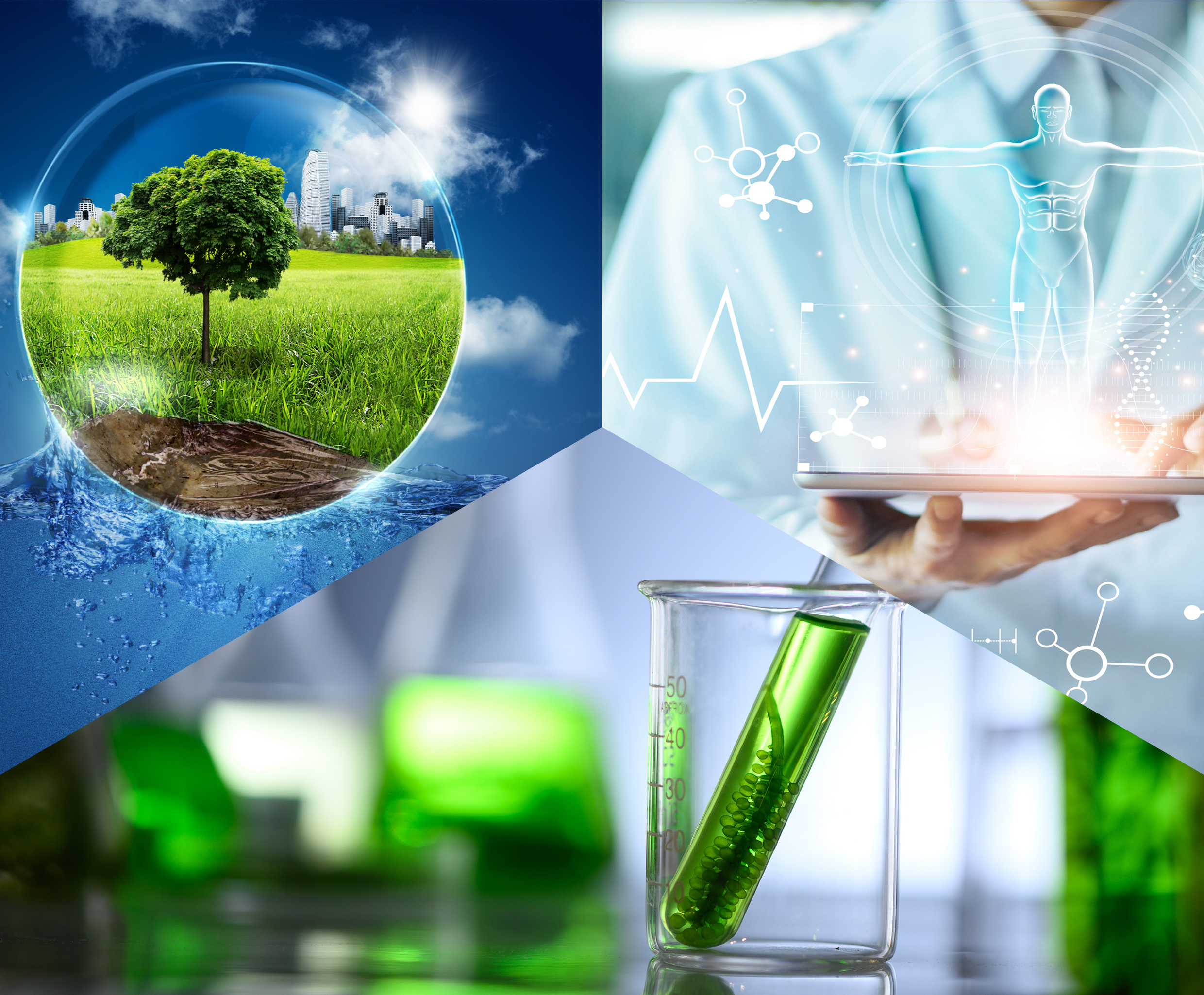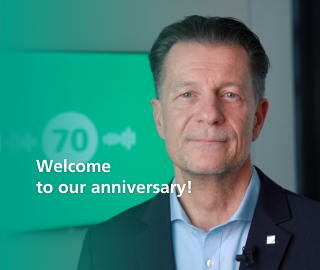After Thomas Hirth went to the Karlsruhe Institute of Technology KIT at the turn of the year 2015/2016, Prof. Dr. Katja Schenke-Layland and Hon.-Prof. Dr. Christian Oehr take over the interim management of the institute.
With effect from March 1, 2018, Dr. Markus Wolperdinger becomes Director of Fraunhofer IGB.
In a comprehensive strategy process, he repositions the institute according to the vision "We combine biology and engineering". In doing so, he builds on the process engineering roots of the institute and the ability to combine biological and process engineering skills grown at IGB over many years, just like in the IGB guiding theme of bioeconomy. Organizationally, R&D topics are bundled in cross-location innovation fields.
The IGB's range of services and topics are focused in the business areas "Health", "Environment" and "Sustainable Chemistry".
The new mission statement serves as a guard rail: "With our applied and customer-focused research, we develop biotechnological processes for resource-friendly production within a sustainable economy and technologies that are designed to maintain human health within a healthy environment – in short: we develop sustainable technologies for human health and the health of our planet.
On May 3, 2018, Fraunhofer-Gesellschaft and the University of Stuttgart present the "High-Performance Center for Mass Personalization" to invited guests from industry, science and politics.
On January 9th, 2019, Bavaria's Minister of Economic Affairs, Hubert Aiwanger, hands over the funding grant for the establishment of the Laboratory for Technical Biopolymers at the Straubing branch of Fraunhofer IGB.
On May 15th, 2019, Dr. Markus Wolperdinger and Professor Thomas Bauernhansl, Director of Fraunhofer IPA, are presenting a white paper on biointelligent value creation to politicians at the first Biointelligent Products and Production conference of the "Biointelligence Competence Center".
On May 21, 2019, the "Fraunhofer Project Center for Drug Discovery and Delivery at The Hebrew University of Jerusalem", with which the Fraunhofer IGB is consolidating its cooperation with Israel, is inaugurated with a ceremony at the Hebrew University of Jerusalem.
With the signing of the cooperation agreement in February 2020, the long-standing collaboration between the Fraunhofer-Gesellschaft and the South African Stellenbosch University is transferred into the "Fraunhofer Innovation Platform for the Water-Energy-Food Nexus at Stellenbosch University" (FIP-WEF@SU).
The starting signal for the Hydrogen Lab Leuna, an electrolysis test and trial platform, and the scaling platform Hy2Chem in Leuna is marked on March 4, 2020.
On May 21, 2021, the Hydrogen Lab Leuna starts operation as the first pilot plant for testing and scaling up the electrolysis systems required for this purpose, which is fully integrated into a chemical park.
On March 3, 2022, the Ministry for the Environment, Climate and Energy Management of Baden-Württemberg announces which projects will receive funding through the ERDF-BW program "Bioeconomy Bio-Ab-Cycling." Fraunhofer IGB is involved in each of the five funded biorefinery projects on the use of waste and wastewater as a resource, and is the coordinator of three of the projects.
On December 2, 2022, the Fraunhofer-Gesellschaft presents the roadmap "Circular Bioeconomy for Germany" to representatives of the Federal Ministries of Research and Economics. With the roadmap, Fraunhofer identifies potentials of the bioeconomy and presents recommendations for action for policy makers.
In 2023, Fraunhofer IGB celebrates its 70th anniversary and the Fraunhofer CBP its 10th anniversary in the form of symposia. Employees, former institute directors, and companions and partners from the worlds of research, politics and business have their say in the course of this anniversary year through our “70 voices” campaign.
 Fraunhofer Institute for Interfacial Engineering and Biotechnology IGB
Fraunhofer Institute for Interfacial Engineering and Biotechnology IGB